Zyxel MG-105 Performance
In terms of the overall 2.5GbE performance, we were able to get fairly normal 2.5GbE speeds from each of the five ports.
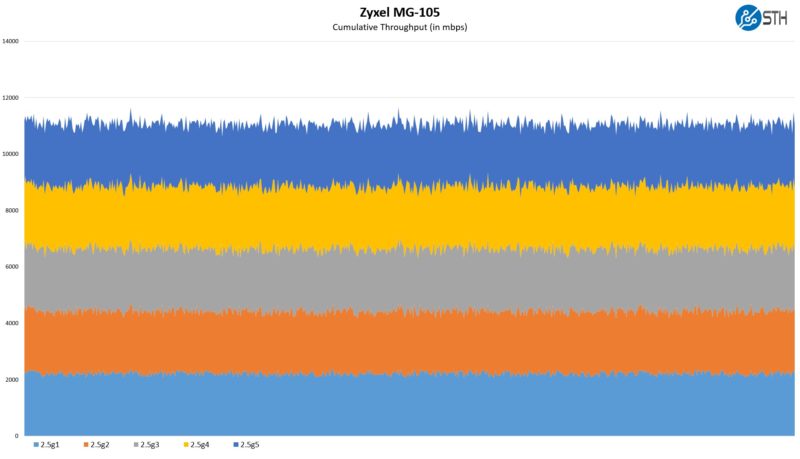
Performance was good, but it was slightly worse than some of the other switches we reviewed looking at the average transfer rates when loaded. So far, we have been within 3% or so on all of the switches in this class so it does not feel like performance should be the key buying criterion in this price range.
Zyxel MG-105 PoE and Management Capabilities
Since we are going to be doing this as part of a series, we will note that this is an unmanaged switch. Also, we did not find PoE capabilities when testing this switch.
Zyxel MG-105 Power Consumption
Here is a quick shot of the 12V 1.5A power adapter. One difference between the Zyxel and some of the other switches on the market is that the power adapters and switches have regulatory markings and other certifications.
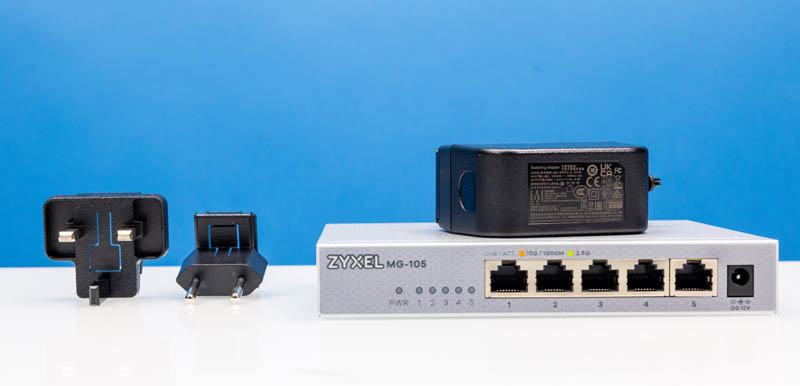
At idle, we saw 4.4W which is higher than the 3.8W-4.4W we would expect from a switch like this.
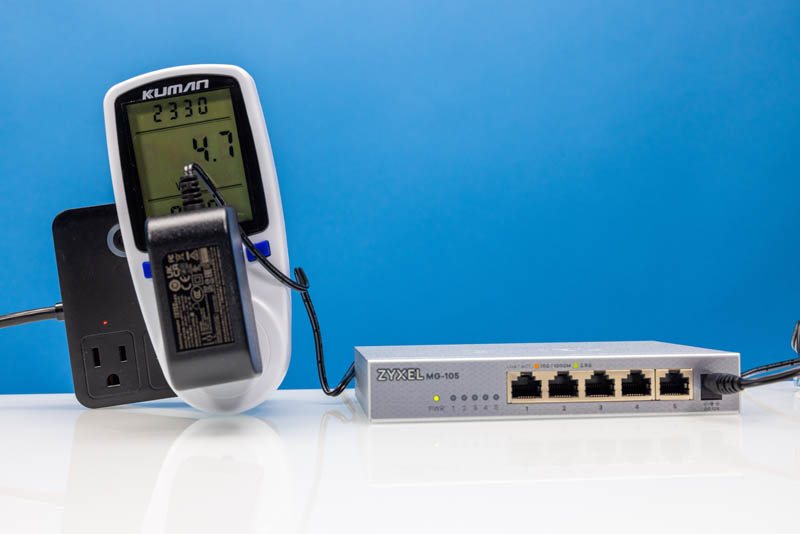
Plugging in a port at 2.5GbE speeds we saw an incremental 1.4W of power consumption. That is huge. Most switches we are testing add an incremental 0.3W-0.7W load.
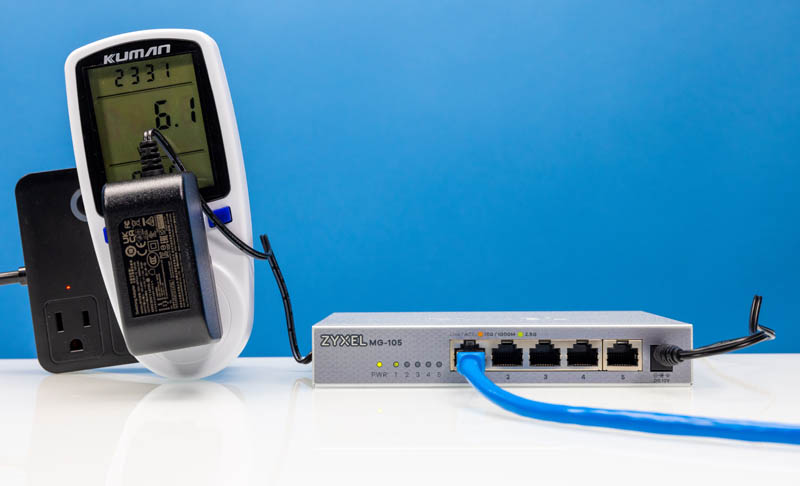
When we saw the large heatsinks inside the switch, we were wondering if this was simply a case of having very good cooling or if it meant there was a higher-power solution at play. Based on what we saw in our power testing, this is a higher-power solution.
Final Words
There are two sides to the Zyxel MG-105. One is that it was only $100 making it one of the cheapest switches that we tested. The other side of it is that the unmanaged switch is using a lot of power. That “lot of power” is relative given that it uses under 12W. Compared to other options, it will likely use a few watts more. If you live in an area where power costs are high, the $10-20 savings over other units may be spent instead on increased power consumption over the life of the switch.
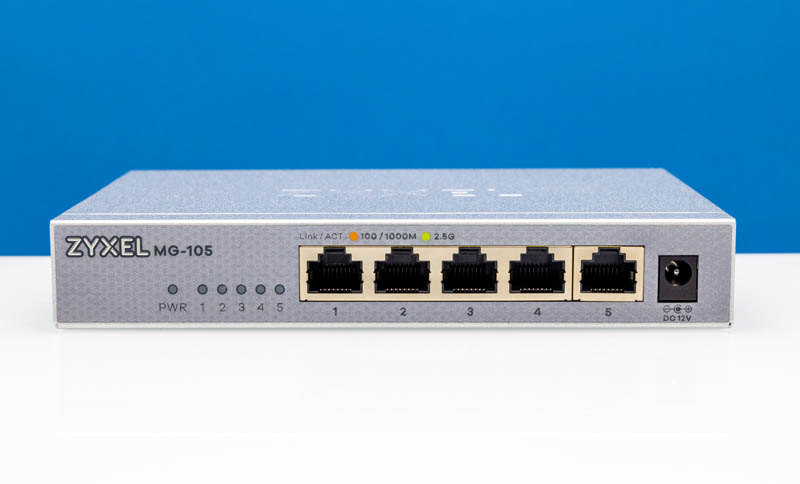
This switch was in the “OK” camp, but it is not one we are going to recommend. The QNAP QSW-1105-5T 5-Port 2.5GbE Switch was only $10 more and used less power.
Where to Buy
If you want to check the current pricing, here is an Amazon affiliate link. Note, we may earn a small commission if you buy using this link.

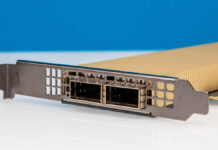
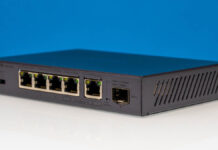
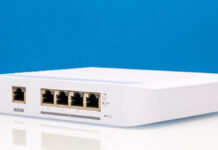
As already observed, the total throughput graphs look basically the same. To me this means one could be measuring other things: latency, packet loss, fairness, buffer size, jumbo packets and response to things like MAC flooding.
Thanks for the interesting set of reviews!
Loving the 2.5G content
“At idle, we saw 4.4W which is higher than the 3.8W-4.4W we would expect from a switch like this.”
Small typo: The picture would indicate you meant 4.7w at idle.
So the market is all going for 2.5G Ethernet? What happened to 5G Ethernet?
Please test again power usage with professional power meter, because that power meter is not accurate.